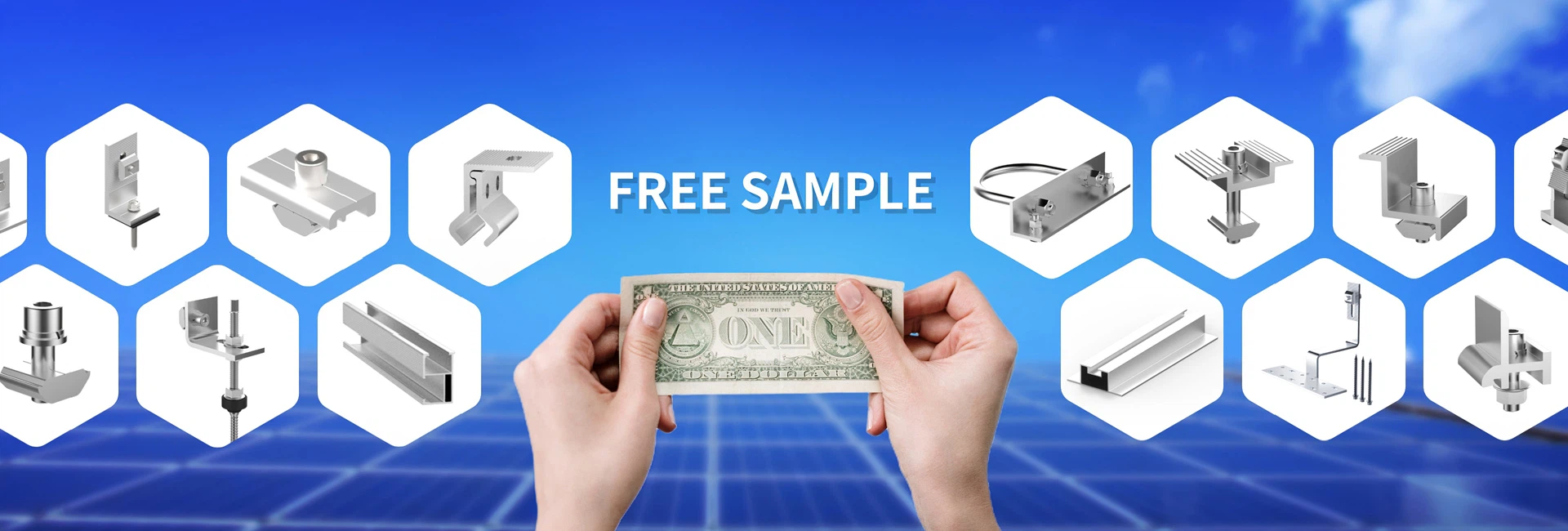Carport PV System Guide: Key Parts and Their Functions
Jun 06, 2025
A carport PV system, also known as a solar-powered carport, is a smart integration of clean energy generation with vehicle parking structures. These systems not only offer shade and protection but also generate renewable electricity. Understanding the main components of a carport PV system is essential for proper design, installation, and long-term operation.

Here's a breakdown of the key components that make up a typical solar carport system:
1. Solar panels (photovoltaic modules)
At the core of any carport PV system are the solar panels, mounted on the rooftop of the carport. These panels convert sunlight into direct current (DC) electricity. Depending on project requirements, panels may use monocrystalline, polycrystalline, or thin-film solar cells. Panel selection affects overall efficiency, aesthetics, and installation cost.
2. Solar inverter
The inverter is responsible for converting the DC electricity produced by the solar modules into alternating current (AC), which is compatible with grid systems and most electrical devices. A high-efficiency solar inverter ensures stable energy output and system performance. It's a vital link between the solar array and the energy usage point.
3. Power distribution system
This includes distribution boxes, cables, connectors, and safety switches. The power distribution system safely transports and allocates electricity generated by the solar panels. All components must meet electrical safety standards to ensure secure and efficient operation.
4. EV charging station (optional)
Modern carport PV systems often include integrated electric vehicle (EV) charging stations. These allow users to charge their vehicles directly using solar energy, reducing reliance on the grid and supporting the shift toward sustainable transportation. It's an ideal solution for businesses, public parking spaces, and residential complexes.
5. Monitoring system (optional)
An intelligent solar monitoring system tracks the carport's real-time power generation, system status, and energy output. Remote access to data helps users and operators perform maintenance, optimize energy performance, and detect faults early. This ensures long-term reliability and better return on investment.
A well-designed carport PV system brings together clean energy generation and practical utility. Whether used in commercial lots, residential buildings, or public spaces, understanding its key parts-from solar modules to monitoring systems-can help users make informed decisions for a sustainable future.








